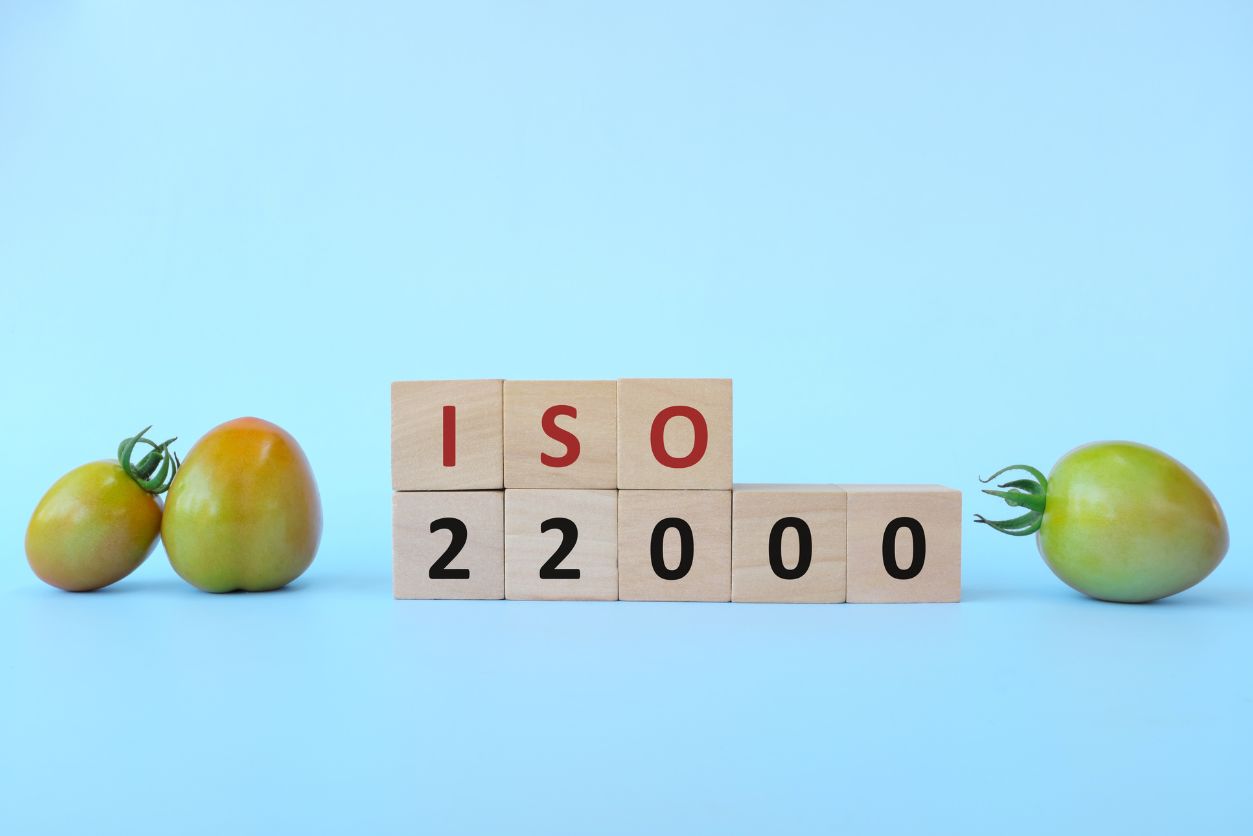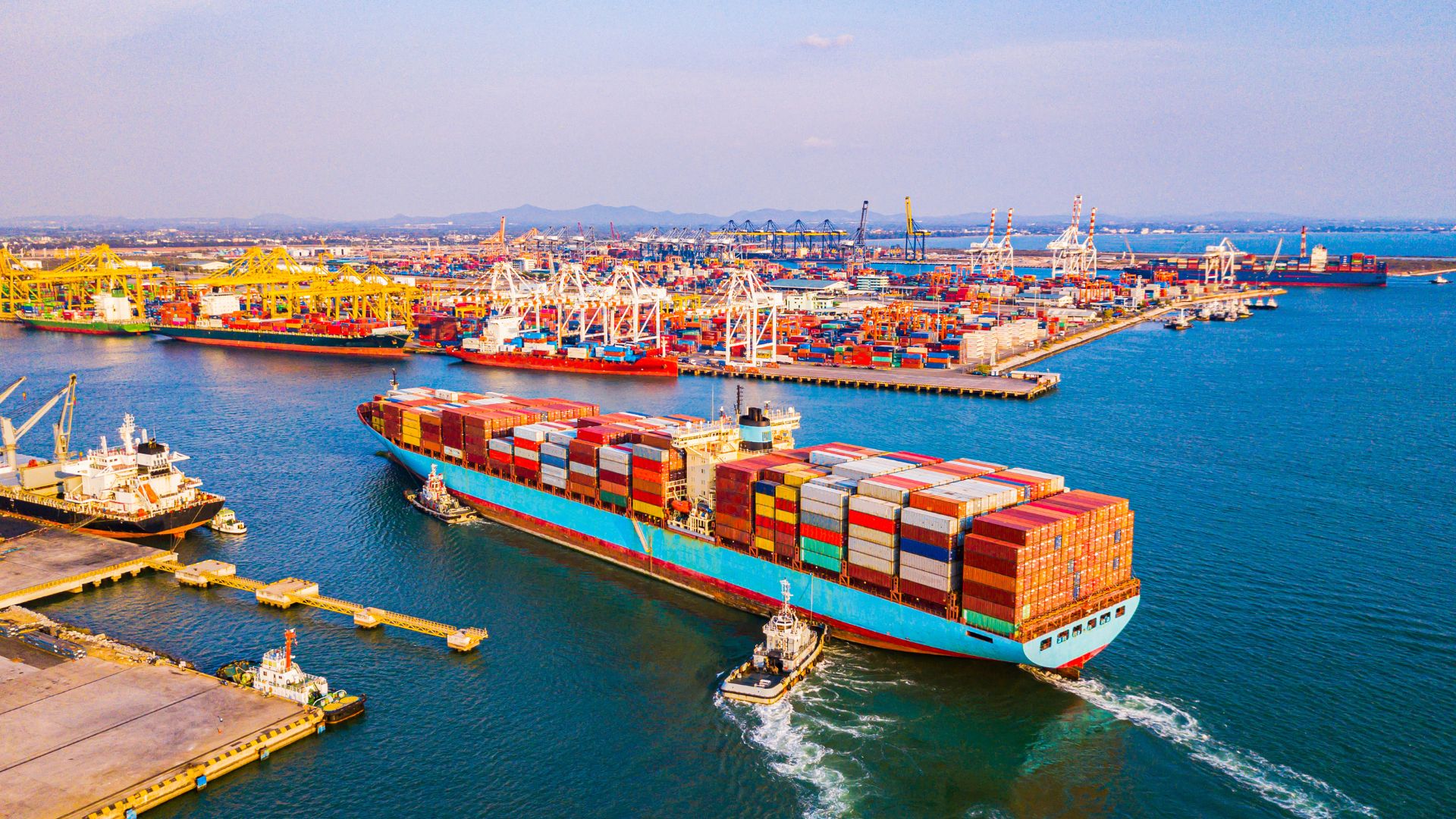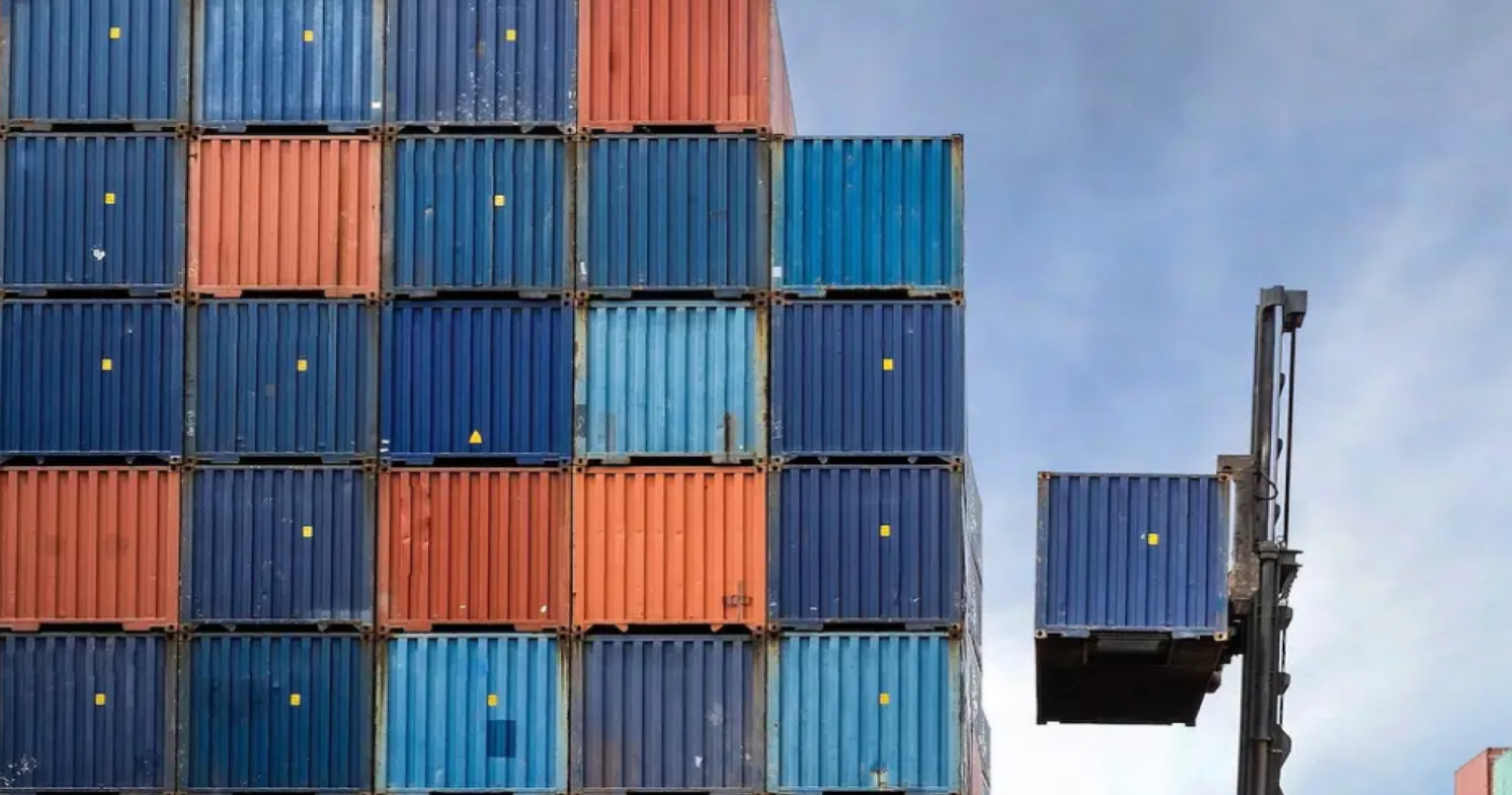ISO 22000 has emerged as one of the first and widely recognized food safety management system standards, specifically designed to address food safety.
ISO 22000 is an international standard developed by the International Organization for Standardization (ISO) and is used by businesses and organizations to manage food safety risks systematically and proactively. This article will cover the fundamentals of ISO 22000, its similarity to GFSI goals, and the essential components of achieving ISO 22000 certification.
What is ISO 22000?
ISO 22000 is an internationally recognized food safety management standard aimed at ensuring food safety throughout the supply chain. It incorporates key aspects from other quality management systems, such as ISO 9001, and adds specific requirements for food safety. ISO 22000 is applicable to all organizations within the food chain, regardless of size or location, making it a versatile and effective framework for food safety.
Key Objectives of ISO 22000
ISO 22000 provides a systematic approach to managing food safety hazards, aiming to minimize risks and prevent contamination. The standard outlines processes for identifying, preventing, and controlling food safety hazards at every stage of production, from sourcing to final consumption. Similar to GFSI goals, ISO 22000 aims to protect consumers by ensuring food safety compliance across international borders.
Core Components of ISO 22000
To achieve compliance with ISO 22000, organizations must implement a robust Food Safety Management System (FSMS) that incorporates several critical components. These components work together to ensure food safety from initial production stages to the final product.
Management Commitment and Leadership
A successful FSMS begins with a strong commitment from senior management. Leaders must establish a food safety policy, set measurable objectives, and allocate the necessary resources to support food safety efforts. ISO 22000 emphasizes the importance of leadership in creating a food safety culture and driving continuous improvement within the organization.
Food Safety Hazard Analysis
Hazard analysis is a central aspect of ISO 22000, involving the identification and assessment of potential biological, chemical, and physical hazards within the food supply chain. This analysis helps in determining the appropriate control measures to prevent, eliminate, or reduce these hazards to acceptable levels. Organizations must regularly review and update hazard analyses to ensure ongoing relevance.
Prerequisite Programs (PRPs)
Prerequisite Programs (PRPs) are essential conditions and activities that maintain a hygienic environment throughout the food chain. PRPs include sanitation practices, supplier management, and equipment maintenance, all of which contribute to preventing contamination. These programs serve as foundational measures that support the effectiveness of more specific food safety controls.
Hazard Control Plan (HACCP Principles)
The Hazard Analysis and Critical Control Points (HACCP) approach is a key part of ISO 22000’s framework. Organizations must create a Hazard Control Plan based on HACCP principles, outlining critical control points (CCPs) and establishing procedures for monitoring, corrective actions, and verification. By following HACCP principles, businesses can systematically control food safety hazards and ensure compliance.
Implementation and Certification of ISO 22000
Implementing ISO 22000 requires a systematic approach, with each step designed to strengthen food safety processes and align with international best practices. Certification, though not mandatory, provides formal recognition of an organization’s commitment to food safety, which can enhance credibility and open new market opportunities.
Steps to ISO 22000 Certification
Certification involves several stages, including a gap analysis, documentation review, and internal audits, followed by a certification audit conducted by an accredited certification body. Organizations must demonstrate that they have implemented and maintained ISO 22000’s requirements effectively, including documentation, staff training, and compliance with control measures.
Benefits of Certification
Achieving ISO 22000 certification offers numerous advantages, from gaining consumer trust to meeting regulatory requirements and improving operational efficiency. Certification facilitates food safety across supply chains and can enhance an organization’s reputation in the global food industry.
Differences Between ISO 22000 and Other Food Safety Standards
Although ISO 22000 is one of several food safety standards, it has unique aspects that differentiate it from others, such as FSSC 22000, BRCGS, and SQF.
Integration with Quality Management Systems
ISO 22000 is compatible with ISO 9001, allowing organizations to integrate food safety and quality management systems seamlessly. This integration promotes a unified approach to risk management and continuous improvement, making ISO 22000 particularly appealing to organizations already familiar with ISO standards.
Flexibility and Global Applicability
ISO 22000 is designed to be flexible, making it suitable for all types of organizations within the food chain, from primary producers to retailers. This flexibility enables ISO 22000 to be adapted across different sectors and regions, supporting its goal of establishing consistent food safety standards globally.
Implementing ISO 22000: Key Challenges and Solutions
While ISO 22000 provides a comprehensive framework, implementing it can pose challenges, especially for organizations new to food safety management systems. Understanding common hurdles and effective solutions can help in achieving successful implementation.
Staff Training and Engagement
A lack of staff training and awareness can hinder ISO 22000 implementation. Staff must understand food safety practices and the importance of following established procedures.
Solution: Provide regular training sessions and create a culture that prioritizes food safety. Engaging employees at every level ensures that everyone understands their role in maintaining the system.
Maintaining Documentation and Records
ISO 22000 requires meticulous documentation of procedures, records, and corrective actions. For some organizations, keeping up with this requirement can be resource-intensive.
Solution: Implement digital record-keeping systems to streamline documentation. Regular audits and checks can help maintain accuracy and ensure all records are up-to-date.
Supplier Compliance
Managing suppliers to ensure they comply with ISO 22000 requirements can be challenging, especially when working with multiple suppliers across regions.
Solution: Develop a supplier approval program, conduct regular audits, and ensure suppliers are informed about ISO 22000 standards and expectations.
Strengthening Food Safety with ISO 22000
ISO 22000 provides food and beverage organizations with a structured, internationally recognized framework for managing food safety. By addressing potential hazards at every stage of the food supply chain, ISO 22000 aligns closely with GFSI’s objectives to harmonize food safety standards worldwide.
Implementing and maintaining ISO 22000 not only enhances consumer confidence but also helps organizations meet regulatory requirements and stand out in a competitive market. With the guidance of certification bodies and a commitment to continuous improvement, companies can effectively navigate the complexities of ISO 22000, ensuring safe and quality food products that uphold global food safety standards.
For businesses aiming to achieve ISO 22000 certification, Registrar Corp offers expert support in every aspect of food safety management, from risk assessment and training to documentation and audit preparation. Partnering with Registrar Corp ensures that organizations are equipped to implement ISO 22000 effectively, strengthening food safety management and fostering consumer trust.








